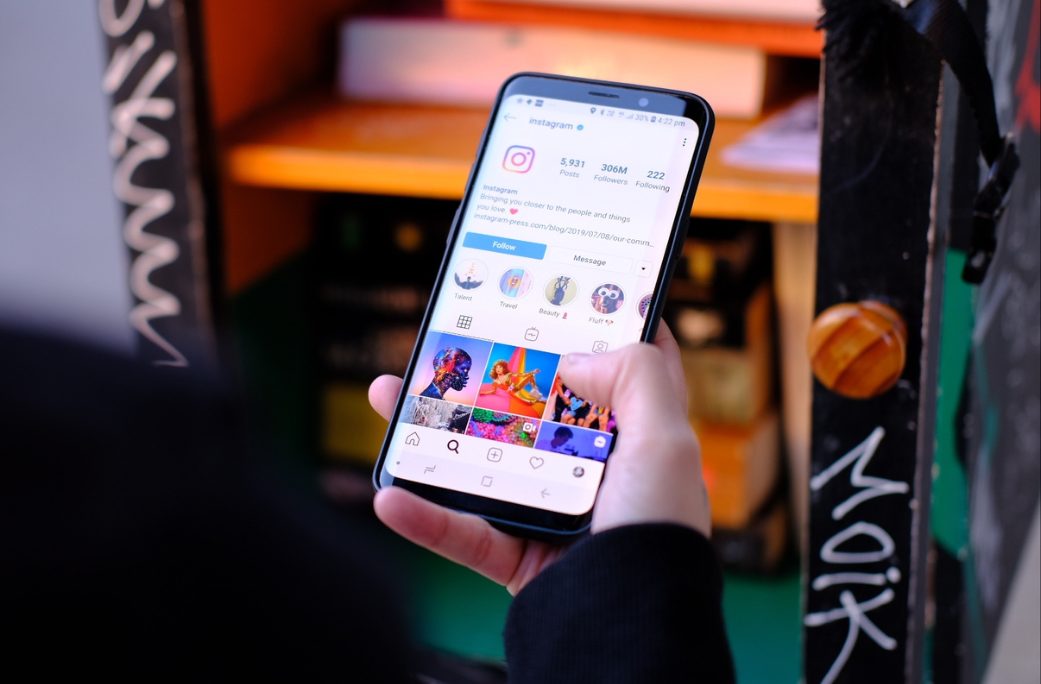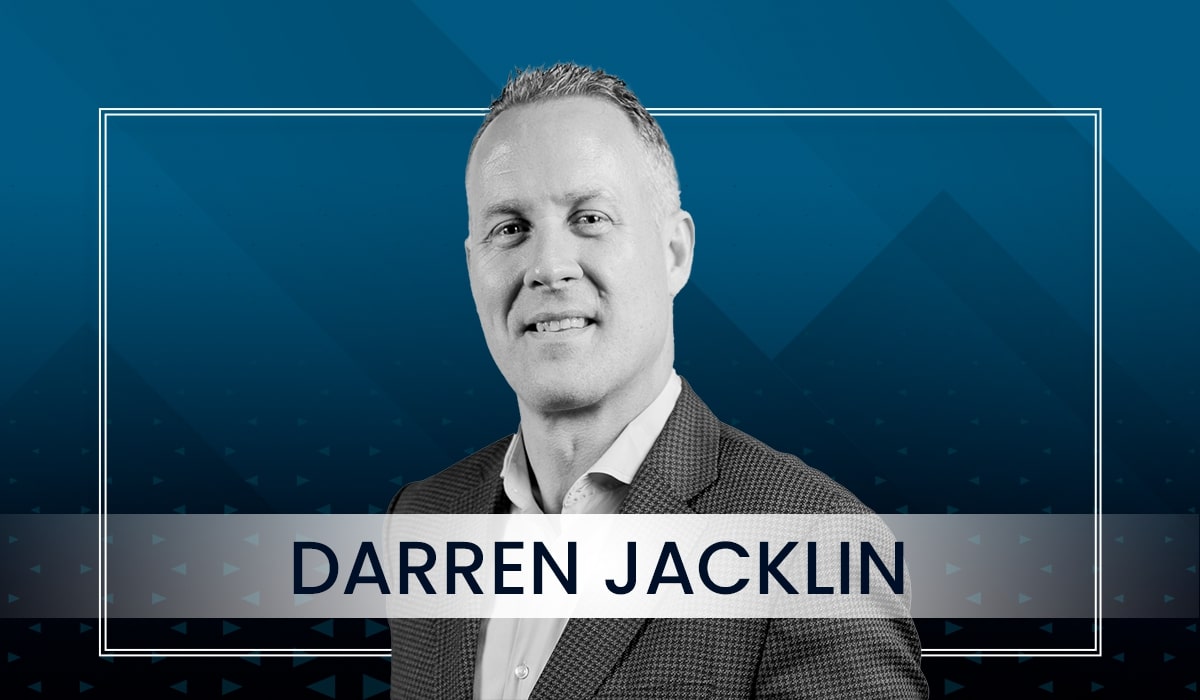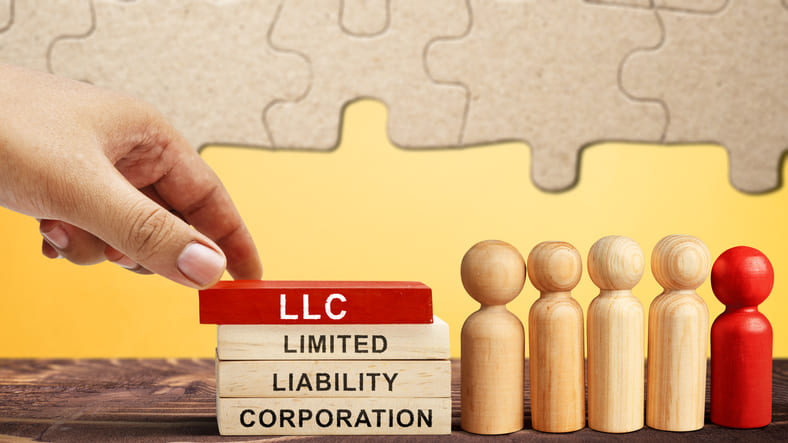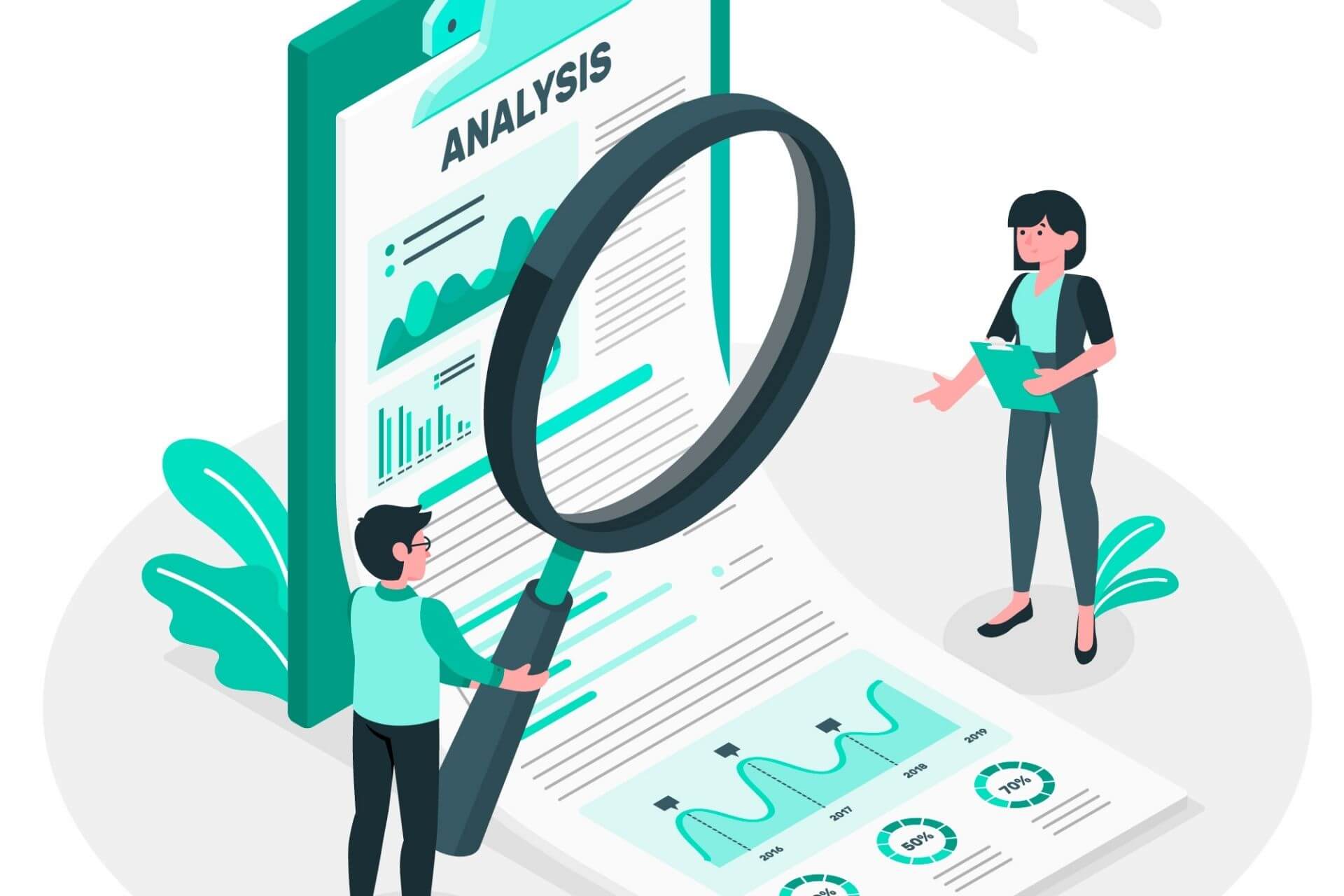[ad_1]

By Asad Husain
In today’s dynamic workplace, accommodating different generations has become an essential challenge for employers. With five generations coexisting in the workforce, understanding and meeting each generation’s diverse needs and preferences seems vital in fostering a productive and harmonious work environment. While generational stereotypes abound, it’s imperative to debunk these myths and embrace a more nuanced approach to talent management. The key lies in addressing commonalities while recognizing individual differences, focusing on meaningful work, flexibility, respect, recognition, trust, transparency, and growth opportunities.
Debunking Myths
The workforce is undergoing a significant transformation, with younger generations making up a larger portion of employees. By 2025, Gen Zers are expected to represent a considerable share of the workforce. One common myth is that different generations have vastly different work preferences and values. However, research indicates that while there may be some variations, employees across generations share many common priorities, such as opportunities for career growth, work-life balance, and meaningful work. This finding underscores the importance of addressing universal workforce concerns while recognizing individual differences. By focusing on these shared values, organizations can create inclusive workplaces that cater to the needs of all employees, regardless of age.
Another myth is that younger generations are more tech-savvy and adaptable than older generations. While it’s true that younger workers may be more comfortable with certain technologies, older workers bring valuable experience and expertise to the table. By fostering collaboration and knowledge sharing between generations, organizations can harness the strengths of each group to drive innovation and success.
Viewing the workforce and building talent strategies through generational lenses is an approach that needs revising. Employee needs and preferences post-COVID are remarkably similar. Traditional career paths are now dead, requiring everyone to carve out a unique path, adapting and reinventing themselves as the landscape changes. As a result, focusing on generational differences can be counterproductive and may lead to stereotyping and discrimination. Instead of relying on generational labels, organizations should create inclusive cultures that value diversity and promote collaboration across age groups. By recognizing the unique strengths and perspectives that everyone brings to the table, organizations can harness the full potential of their multigenerational workforce and drive sustainable growth and innovation.
Let’s delve into some real-world examples of organizations successfully accommodating different generations in the workplace:
Flexible Work Arrangements at Microsoft
Microsoft has been a trailblazer in embracing flexible work arrangements. With the shift to remote work during the pandemic, the tech giant introduced initiatives like “FlexWork” that empower employees to choose where and when they work. This flexibility has been instrumental in catering to the diverse needs of employees across generations, from Gen Z digital natives to Baby Boomers seeking work-life balance. Recognizing that employees have diverse responsibilities and priorities outside of work, offering flexible work arrangements can enhance work-life balance and productivity. Whether it’s remote work options, flexible hours, or compressed workweeks, providing flexibility empowers employees to manage their personal and professional lives more effectively.
Intergenerational Mentorship Programs at Procter & Gamble
Procter & Gamble (P&G) has implemented intergenerational mentorship programs to foster knowledge sharing and collaboration among employees of different age groups. Seasoned professionals mentor younger colleagues, sharing insights from years of experience while gaining fresh perspectives from digital-native Gen Zers. This cross-generational exchange accelerates skill development and strengthens employee engagement and retention. Pairing seasoned professionals with younger colleagues facilitates knowledge transfer, skill development, and relationship building across generations.
Diverse Leadership Representation at Johnson & Johnson
Johnson & Johnson is committed to cultivating diverse leadership teams that reflect the demographics of its workforce. By promoting individuals from diverse age groups into leadership positions, the pharmaceutical giant ensures that the voices and perspectives of all generations are heard at the highest levels of the organization. This inclusive leadership approach fosters innovation and drives business success by leveraging the collective wisdom of employees across generations.
Generational Awareness Training at Google
Google recognizes the importance of fostering understanding and collaboration across generations. The tech giant offers generational awareness training to its employees, helping them navigate intergenerational dynamics in the workplace. By educating employees about different generations’ values, communication styles, and preferences, Google fosters a culture of empathy, respect, and inclusivity, enhancing teamwork and productivity. Encouraging open dialogue and mutual respect allows employees to appreciate the strengths and contributions of colleagues from diverse backgrounds.
Recognition and Appreciation Initiatives at Salesforce
Salesforce understands the power of recognition in fostering a positive work environment and boosting employee morale. The cloud-based software company has implemented innovative recognition and appreciation initiatives, such as “Trailblazer Awards” and “Thank You Thursdays,” to celebrate employees’ contributions across all age groups. These initiatives reinforce a culture of appreciation and reinforce employees’ sense of value and belonging, driving engagement and loyalty.
Continuous Learning at IBM
IBM launched the SkillsBuild platform to facilitate continuous learning among its workforce. It offers personalized learning paths, flexible formats, recognition for achievements, and opportunities for knowledge sharing. By accommodating different generations’ learning needs, IBM empowers employees to acquire relevant skills, stay competitive, and contribute to the company’s success in a rapidly evolving digital landscape.
In navigating the complex terrain of today’s workforce, accommodating the diverse needs of different generations is a challenge and an opportunity for organizations to thrive in the future of work. The traditional model of categorizing employees by generation is becoming increasingly obsolete in the face of rapid technological advancements, shifting career expectations, and evolving workplace dynamics. The key to success is transcending generational stereotypes and embracing a holistic understanding of employee preferences and aspirations. Organizations can foster an inclusive culture that resonates across generations by recognizing that employees of all ages share typical desires for meaningful work, flexibility, recognition, and growth opportunities.
About the Author
 Asad Husain is a four-time Chief Human Resource Officer and future-focused Human Resources leader who is passionate about inspiring and influencing people worldwide to achieve their career aspirations. He has thirty-one years of experience contributing to organizational growth and individual success in companies like Gillette Company, Procter & Gamble, Dun & Bradstreet, Del Monte, Big Heart Pet Brands and C&S Wholesale Grocers. Now he is directing his focus to helping people identify their dream careers and navigate toward them.
Asad Husain is a four-time Chief Human Resource Officer and future-focused Human Resources leader who is passionate about inspiring and influencing people worldwide to achieve their career aspirations. He has thirty-one years of experience contributing to organizational growth and individual success in companies like Gillette Company, Procter & Gamble, Dun & Bradstreet, Del Monte, Big Heart Pet Brands and C&S Wholesale Grocers. Now he is directing his focus to helping people identify their dream careers and navigate toward them.
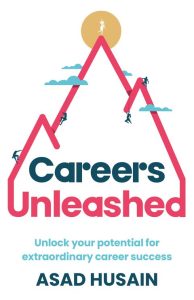 Asad’s new book Careers Unleashed is a must read for anyone looking to unlock their potential and build a successful career.
Asad’s new book Careers Unleashed is a must read for anyone looking to unlock their potential and build a successful career.
The views expressed in this article are those of the authors and do not necessarily reflect the views or policies of The World Financial Review.
[ad_2]
Source link




